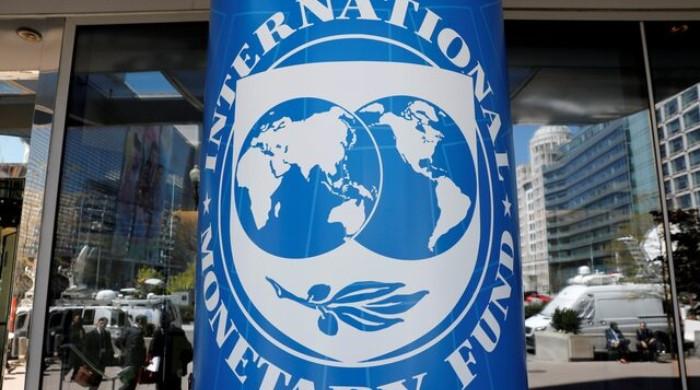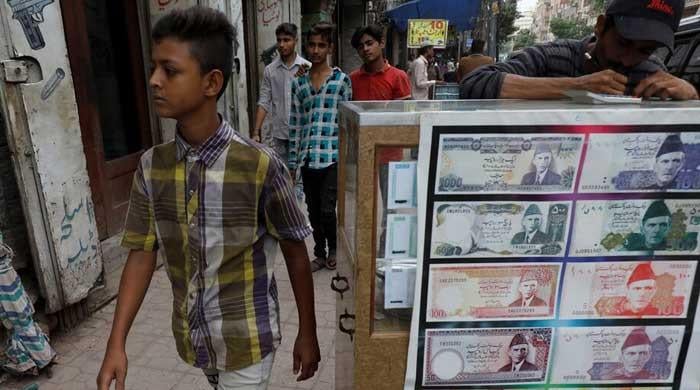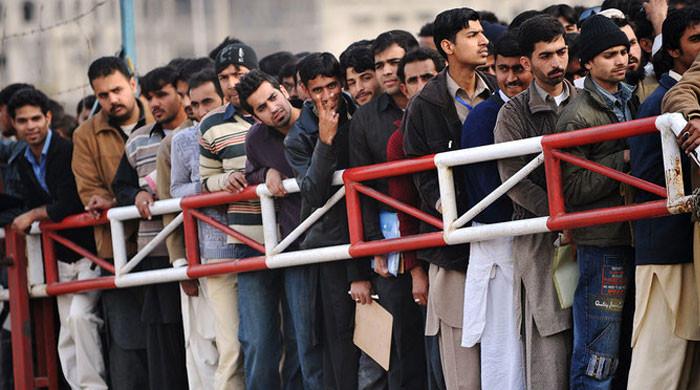South Asia's climate quandary
South Asia, home to nearly 2 billion people, is no longer peering at climate risk through telescope of 2050; it is living it now
November 04, 2025

South Asia, home to nearly two billion people, is no longer peering at climate risk through the telescope of 2050; it is living it now.
Heatwave clusters, glacial-lake outburst floods (GLOFs), erratic monsoon dynamics, and saline intrusion across deltaic systems define a new climate regime of compound extremes, as attribution science increasingly ties these hazards to anthropogenic warming.
Yet its regional governance remains fragmented. Instead of interoperable, risk-informed planning and transboundary early-warning systems, each nation defaults to ad-hoc relief and infrastructure quick fixes that too often slide into maladaptation for another. With hydrometeorological losses mounting season by season, the whole region keeps kicking the can down the road when it should be rowing in the same direction.
The elephant in the room is the lack of regional cooperation, however. A cohesive South Asian climate agenda is conspicuously absent. Saarc summits have been stalled since 2016, freezing progress on shared adaptation standards, interoperable disaster response, and low-carbon trade. Sub-regional venues have emerged, but none match the breadth required for whole-of-region climate security. When the hegemonic New Delhi deprioritises Saarc or securitises regional fora, its neighbours become compellingly hesitant to invest political capital in climate cooperation.
On top of all that, long-standing security tensions further compounded the problem. Decades of India-Pakistan contention with Indian pigheadedness have paralysed regional multilateralism and diverted attention and budgets from climate risk governance. When geopolitics eclipses disaster management, joint exercises, data sharing and interoperable relief logistics fail to mature.
Nowhere is the cost of non-cooperation more obvious than on water in our part of the world. As the saying goes, ‘rivers do not recognise borders,’ the Indus, Ganges, and Brahmaputra basins stitch together the region’s food, energy, and ecosystems. The 1960 Indus Waters Treaty (IWT) that allocated eastern rivers to India and western rivers to Pakistan while permitting non-consumptive uses, remains no longer a rare bright spot due to flagrant suspension by India.
Likewise, the Teesta agreement between India and Bangladesh has also languished for years. Anxiety is also rising on the Brahmaputra, also known as the Yarlung Tsangpo, while India advances hydropower on the Siang, citing security and flood control concerns, and expressing concern over China’s mega-dam plans. Following the Indian footsteps (conspicuously on the behest of), Afghanistan’s Taliban regime is also discussing building dams on the Kunar River, escalating tensions with Pakistan over water control.
If India continues to prioritise its hydro-hegemonic habits – focusing on control, storage and energy gains without transparent, co-designed environmental flows – it will open more floodgates to cascading ecological impacts. In that scenario, deltaic Pakistan and Bangladesh are especially exposed, but so are Indian states such as West Bengal and Assam along the Brahmaputra, as well as Punjab’s canal belts, where shifting flow volumes and water quality directly determine cropping viability.
Evidently, even within India, the human and ecological costs of climate change are climbing fast. In 2025, unprecedented monsoon deluges swamped multiple states, displacing millions and inflicting heavy losses to lives, crops, livestock and infrastructure. Communities in Uttarakhand and Uttar Pradesh face compound GLOF-flash flood-heat risks, while Punjab contends with groundwater decline and cross-border smog that worsens cardiopulmonary health and school closures.
In this context, accelerating coordinated mitigation and adaptation is not charity, but national self-interest. It is India that needs a genuine shift to turn the page from unilateral water control to proactive water cooperation.
As the world’s third-largest emitter, New Delhi’s energy choices and regional posture will decide whether South Asia builds bridges, not walls and forges a climate-security compact, or stays stuck in crisis-to-crisis firefighting. The compact should hard-wire transparent environmental flows, dry-season sharing rules and joint monitoring stations with live, open data.
On the Indus, it must reaffirm the IWT’s dispute-resolution integrity and publish cumulative design changes for run-of-river projects to reassure downstream users. On the Brahmaputra, table an India-Bangladesh-China technical dialogue needs a focused approach on sediment management, seismic safety and emergency spill protocols, showing a willingness to meet halfway on science and risk.
Securitisation without transparency will otherwise deepen mistrust and keep the region at a disadvantage when climate extremes strike. Similarly, there is an urgent need to unfreeze regional climate machinery, even if politics stay cold.
In addition, a South Asian Climate Risk Roundtable could run in parallel with (not contingent on) the Saarc summit, focusing on extremes, early-warning systems, devising crop-insurance standards, parametric flood cover, crafting a common cyclone logistics playbook and opening doors to hydro-meteorological data.
Keep it technical, time-bound and deliverable-oriented. And if Saarc remains stuck, using city-to-city networks could be another viable option, while leaving the door ajar for a bigger tent.
Pakistan, for its part, should help convene rather than wait to build a Loss & Damage corridor. As the Fund for Responding to Loss and Damage (FRLD) issues a call for proposals in COP30, the countries need to sponsor joint submissions on Indus Basin and Brahmaputra flood resilience, Bay of Bengal cyclone readiness and drought-hit regions of Afghanistan and Pakistan.
The multi-country joint submission needs to commit to grant-first support for social systems such as schools, healthcare, WASH and agriculture paired with resilient infrastructure. This channels finance to people-centred adaptation and shows the region can act in concert when it counts.
It is equally imperative to demilitarise disaster logistics while piloting mutual-aid compacts among nations with pre-cleared corridors for relief convoys, interoperable radios, reciprocal emergency visas for medics, shared warehousing of water-treatment kits and shelter materials. These aren’t grand bargains but lifesavers and they lower the political temperature when tempers run high.
Why all this matters is straightforward, as only the remedy of climate cooperation can function as a resilience, peace and prosperity panacea. When countries across the region coordinate, environmental flows and sediment management will improve, wetlands and deltas will remain stable, fisheries will persist, migratory bird corridors will remain open and forests will mitigate the impact of storms and heat surges.
Likewise, predictable cross-border releases and forecast-based reservoir operations will reduce crop losses; shared data and seasonal outlooks keep sowing calendars aligned. And when standard operating procedures for mutual aid are in place, leaders can point to cooperation wins that don’t rock the boat on core disputes.
Over time, habits of cooperation spill into other dossiers, unlike PM Modi’s belligerent rhetoric.
Considering India’s hegemonic designs, Pakistan has the capacity to lead the region in the climate sphere, both diplomatically and technologically. Because that leadership will be judged not by ornate communiques but by actions. The region merits no funerals in flood seasons, shorter heat-alert hospital queues and deltas that still breathe.
The ball is in India’s court: choose cooperation and the region can lock in stability and shared growth, or dig in its heels and South Asia will press ahead without it. The stakes, and the opening, couldn’t be clearer.
The writer is a climate governance expert. He can be reached at: [email protected]
Disclaimer: The viewpoints expressed in this piece are the writer's own and don't necessarily reflect Geo.tv's editorial policy.
Originally published in The News









